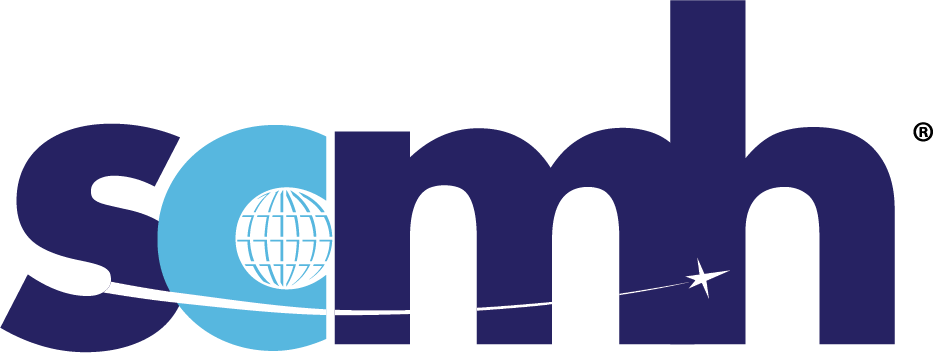Make
Manufacturing, product assembly and integration activities to ensure on quality / on time production. This includes establishing the production organization and necessary processes and resources, new product industrialization, industrial qualification, manufacturing and verification activities in the serial production phase, as well as management of industrial changes.
Managing Product and Process Variation in Support of 9103 guidance material is designed to assist organizations in executing an effective 9103 – Variation Management of Key Characteristics process.
The application of 9103 could help to resolve the main contributors to quality nonconformance in aerospace, however, it is not sufficiently or adequately deployed (lack of buy-in) by the industry. Our purpose is to provide guidance and examples for organizations to better understand the 9103 standard. The objective is to promote the benefits of the IAQG 9103 Standard, to gain broader acceptance, and to increase skills for all people involved in 9103 deployment.
The First Article Inspection guidance material is designed to assist organizations in executing an effective FAI program. One of the purposes of this guidance is to provide examples for organizations to understand and verify an effective FAI Program. The FAI FAQs will clarify questions regarding the implementation of the 9102 standard. The FAI Forms Tutorial based on the 9102 standard may aid personnel who are involved in the completion of FAI documentation.
Standards provide requirements but are prohibited from providing methods for meeting those requirements. The 9102 Standard may be self-imposed or required by contract but is not required by any other published standard.
Webinars
- SCMH 3.2.2 FAI 9102 Rev B FAQs 8FEB2021 Noted 7AUG2023
- SCMH 3.2.3 FAI Scenario Example 1 Rev New Dated 10AUG2023
- SCMH 3.2.4 Tie Rod Assembly FAIR Rev New Dated 9AUG2023
- SCMH 3.2.5 Tie Rod Detail FAIR Rev New Dated 10AUG2023
- SCMH 3.2.5.1 Tie Rod Detail CofC Rev New Dated 24APR2024
- SCMH 3.2.6 Nut Detail FAIR Rev New Dated 10AUG2023
- SCMH 3.2.7 Bushing Detail FAIR Rev New Dated 10AUG2023
- SCMH 3.2 First Article Inspection FAI Webinar Focused on Changes from Rev B to C 24AUG2023
- SCMH 3.2 First Article Inspection FAI Focused on Prevalent Topics 24APR2024
This guidance provides recommendations and explanatory content to the supply chain of aviation, space and defense products and services to support implementation and compliance to the IAQG standard AS/EN/JISQ 9100 Section ‘Control of Nonconforming Outputs’ and its associated standards (in particular AS/EN/SJAC 9131) and recommended practices. It also aids in the development of cost-effective business practices while helping maintain the integrity and quality reputation of both the customer and the supplier.
- SCMH 3.3.5 Examples of Industry Practices for the Control of Nonconforming Outputs Rev New Dated 24JUN2019
- SCMH 3.3.6 MRB Personnel Approval Record Dated 24JUN2019
- SCMH 3.3.7 MRB Authorization Request Dated 24JUN2019
- SCMH 3.3.8 Engineering MRB Audit Summary Dated 24JUN2019
- SCMH 3.3.9 Preliminary Review Quiz Rev New Dated 24JUN2019
There is a module related to the Control of Nonconforming Product in the Aerospace Improvement Maturity Model (AIMM). AIMM can help to evaluate the maturity of your QMS in managing this topic in relation to the requirements of the IAQG 9100 Standard. See AIMM module 8.7 Control of Nonconforming Product.
The purpose of the Foreign Object Damage (FOD) Prevention Program Guidance Material is to introduce the requirements defined in the International Aerospace Standard 9146 Foreign Object Damage (FOD) Prevention Program – Requirements for Aviation, Space, and Defense Organizations.
Establishing and maintaining an effective FOD Prevention Program involves using a process approach and risk-based thinking that proactively addresses the events (conditions and actions) leading to FOD. Risk-based thinking ensures FOD risk is considered when establishing, implementing, and maintaining a FOD Prevention Program.
This guidance defines the best practices to prevent the proliferation of counterfeit goods in the supply chain. The extent of your organization’s formal compliance to any industry standards and government regulations, above and beyond these practices, may depend on your organization’s customer contracts.
Depending on your organization’s role and position within the supply chain, your risk of receiving counterfeit parts or assemblies with counterfeit parts will vary. The more supply chain intermediaries (e.g. sub-tiers, distributors, customers, services, etc.) incorporating parts into products or assemblies the greater your risk. Depending on individual contracts for products and services, your organization may have multiple roles in the supply chain, and each needs to be considered.
This guidance is not intended to re-state industry and government regulations, but rather provide guidance and best practices. References will be made to existing standards when applicable. Links to additional information are provided throughout this document however the IAQG is not responsible if the information or links are revised or no longer available. It is the intent of the IAQG to update the guidance on a periodic basis.
There is a module related to Counterfeit Parts Prevention in the Aerospace Improvement Maturity Model (AIMM). AIMM can help to evaluate the maturity of your QMS in managing this topic in relation to the requirements of the IAQG 9100 Standard. See AIMM module 8.1.4 Prevention of Counterfeit Parts
Understanding Human Factors has long been recognized as critical to eliminating errors in aircraft maintenance. Regulations require that aircraft maintenance facilities implement Human Factors training and Error Management Systems. These awareness and error management programs are equally effective in the manufacturing environment. Using background and examples from the aircraft maintenance environment this guidance shows how such programs can be implemented into new manufacturing facilities.
Statistical Product Acceptance is the practice of assessing products with respect to their conformance to one or more specifications using statistical methods. Statistical theory and methods are what allows the possible acceptance of a population of products when only a subset of them is assessed. In effect, statistical methods project the subset onto the population and provide measures of assessment correctness.
This guidance was written by the authors of IAQG 9138 Statistical Product Acceptance Requirements to provide guidance and recommendations for successful implementation of 9138 requirements and to provide an easily obtainable source for frequently referenced tables and methods.
- SCMH 3.7.2 Statistical Product Acceptance Guidance for Ensuring Quality Protection Levels Rev D Dated 1NOV2018
- SCMH 3.7.3 Statistical Product Acceptance Guidance for Acceptance Methods Rev C Dated 1NOV2018
- SCMH 3.7.4 Statistical Product Acceptance Individual Lot Sampling Plans Rev E Dated 4SEP2019
- 3.7.5 Statistical Product Acceptance Table of 90 percent Confidence Limits on the Cpk 7DEC2021
- SCMH 3.7.6 Statistical Product Acceptance Continuous Sampling Plans Rev C Dated 1NOV2018
- SCMH 3.7.8 SPA - Converting from Legacy Plans Rev C Dated 20DEC2018
- SCMH 3.7.9 Statistical Product Acceptance Uncertainty Assessment Sampling Rev New 27AUG2021
- SCMH 3.7.7 Statistical Product Acceptance Summary of SPA Training Modules Rev. A Dated 04NOV2020
- SCMH 3.7.10 SPA Training Module-Introduction to 9138 Rev New Dated 01NOV2018
- SCMH 3.7.11 SPA Training Module Handout - Introduction to 9138 Dated 01NOV2018
- SCMH 3.7.12 SPA Training Module-General 9138 Requirements and Documentation Dated 1NOV2018
- SCMH 3.7.13 SPA Training Module Handout - General 9138 Requirements & Documentation Dated 1NOV2018
- SCMH 3.7.14 IAQG 9138 SPA Training Module - Isolated Lot Sampling Part 1 Dated 2NOV2018
- SCMH 3.7.15 IAQG 9138 SPA Training Module - Isolated Lot Sampling Part 2 Dated 2NOV2018
- SCMH 3.7.16 IAQG 9138 Training Lot Sampling - Isolated Lot Sampling Handout Dated 1NOV2018
- SCMH 3.7.17 SPA Training Module-Continuous Sampling Dated 6JUN2019
- SCMH 3.7.18 SPA Training Module Handout - Continuous Sampling Dated 6JUN2019
The objective of this guidance is to provide guidelines and best practices for reducing the potential risks related to the handling of manufacturing work instructions in the aviation, space and defense industries.
The primary objective of this guidance material is to raise the awareness and need for promoting a culture of product safety in the aviation, space, and defense industries (AS&D). Ensuring the manufacturers, service providers, and their supply base maintains a heightened awareness of the potential safety impacts of errors during the manufacturing process is the key.
AS&D hardware is comprised of diverse parts, from the complex to the simple, and each of the suppliers that produce these parts plays an important role in the overall safety of the final product.
However, in the respective work sites, there is always a possibility that an operator can lose sight of the fact that each of the daily work tasks/operations is directly connected to the safety of the end product. The impact is particularly significant in the manufacturing and assembly work sites where product defects can be impacted by man, materials, methods, measurement, materials or even mother-nature. The challenge is to gain and hold the attention of the operator so they fully understand the potential safety impacts of the product they are manufacturing.
There is a module related to Product Safety Awareness in the Aerospace Improvement Maturity Model (AIMM). AIMM can help to evaluate the maturity of your QMS in managing this topic in relation to the requirements of the IAQG 9100 Standard. See AIMM module 7.3-4 Awareness and Communication
Often there is no defined process to collect input and feedback from the shop floor, such as ideas for improvements and difficulties encountered (e.g., work instructions, procedures, documents, and specs that are not current or clear). Thus, shop floor knowledge is lost, increasing the risk of non-compliance and reducing continual improvement opportunities. To continuously improve processes and communication within the organization, the company needs a system for collecting and using the knowledge and experience of the organization.
This topic covers guidance for the use and understanding of the application of Measurement System Analysis (MSA).
-
- What is Measurement System Analysis (MSA)?
- Why MSA is important.
- Benefits of conducting an MSA.
The guidance material also contains an MSA Process Flow with each decision box explained along with 5 detailed case studies.
Acceptance Authority Media (AAM) includes all of the activities required to document the acceptance, completion, and verification of a task by an individual having the appropriate authority. Historically known as stamp control and stamp warranty, with technological advances – AMM broadly addresses the various methods of acceptance. Establishing controls for Acceptance Authority Media (AAM) is a requirement for all 9100 certified organizations
The application of AAM to retained documented information is a “personal warranty” that a task was completed as scheduled (sequenced), as planned (documented), and when performed (timely). While it may not likely be the Root Cause of nonconformance or escape, an AAM failure mode is in fact a Direct Cause of any nonconformance escape. Failure to perform a planned and authorized task could result in a Quality Management System (QMS) escape. Consequently, proper use of AAM is not only important, it is critical.
In this area, you will find guidance on the following; Definitions; 2. Why Managing AAM is important?; 3. Link to IAQG 9100 standard; 4.AAM Control Process; 5. Common non-conformances and consequences
Webinars
The intent of the Unsalvageable Item Management guidance is to provide means of compliance and illustrations to meet the 9147 standard requirements. This guidance also provides examples of inadequate means of compliance that do not meet positive control and mutilation requirements. You will find guidance on the basic attributes of an unsalvageable item management program and ways of scrapping.
IAQG standards AS/EN/JISQ/SJAC 9100, 9110 and 9120 require every organization to continuously improve their performances and determine actions to ensure these performances are in line with targets defined by internal and external stakeholders.
IAQG Product and Supply Chain Improvement Strategy Stream has identified a list of most commonly used Key Performance Indicators (KPIs) covering the main domains of the supply chain (‘Customer metrics’, ‘Engineering and Product Development’, ‘Program Management’, ‘Manufacturing and Production’, ‘Supplier Management’, and ‘In Service – feedback from operations’).
Use of these KPIs should support harmonization and reduction of customization of these KPIs between the entity establishing them and its different internal and external customers.
Each KPI is listed on a single page and provides the following information: KPI Name; KPI Abbreviation; KPI Description; KPI Formula; KPI Unit of measure; and Detailed explanations.
This guidance material was created by industry professionals from around the world. We have taken aviation industry best practices and compiled them into an OSV implementation guide supporting the requirements of AS/EN/SJAC 9162 Aerospace Operator Self-Verification Programs.



